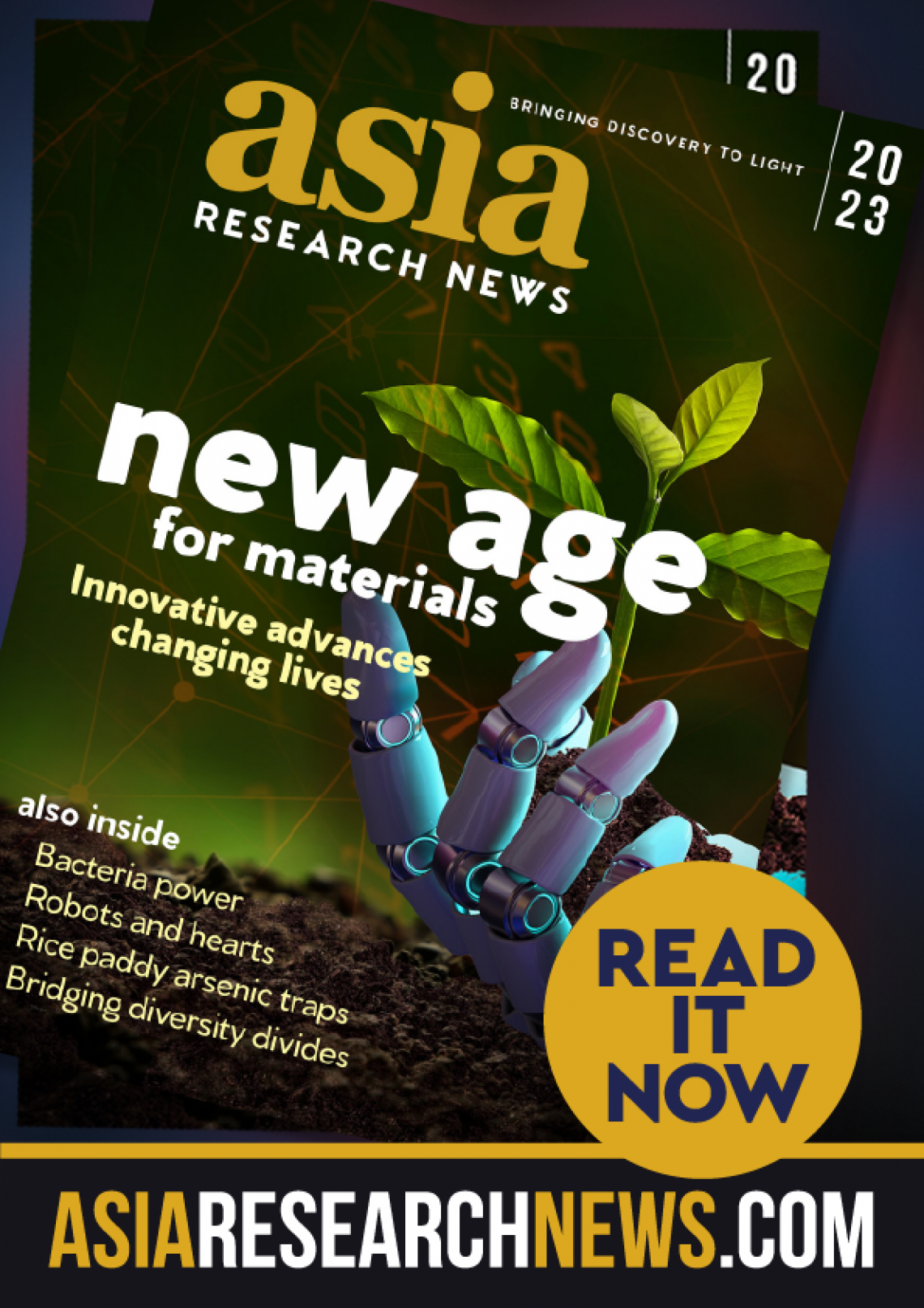This story is featured in the Asia Research News 2023 magazine. If you would like to receive regular research news, join our growing community.
Get the news in your inbox
Researchers from Konica Minolta and the Nara Institute of Science and Technology in Japan have developed a machine learning method to identify sustainable alternatives for composite materials. Their findings were published in the journal Science and Technology of Advanced Materials: Methods.
Composite materials are compounds made of two or more constituents. Due to the complex nature of the interactions between the different components, their performance can greatly exceed that of single materials. Composite materials, such as fibre-reinforced plastics, are very important for a wide range of industries and applications, including electrical and information technologies.
In recent years, there has been increasing demand for more environmentally sustainable materials that help reduce industrial waste and plastic use. One way to achieve this is to substitute the constituent materials in composites with recyclable materials or biomass. However, this can reduce performance compared to the original material.
“Finding a new composite material that achieves the same performance as the original using human experience and intuition alone takes a very long time because you have to evaluate countless materials while also taking into account the interactions between them,” explains Michihiro Okuyama, assistant manager at Konica Minolta, Inc.
Machine learning offers a potential solution to this problem. Scientists have proposed several machine learning methods to conduct rapid searches among a large number of materials, based on the relationship between the materials’ features and performance. However, in many cases the properties of the constituent materials are unknown, making these types of predictive searches difficult.
To overcome this limitation, the researchers developed a machine learning method that can quantitatively evaluate the interactions between component materials to reveal how much they contribute to the overall performance of the composite. The method then searches for replacement constituents with similar performance to the original material.
The researchers tested their method by searching for alternative constituents for a composite consisting of resin, a filler and an additive. They experimentally evaluated the performance of the substitute materials identified by machine learning and found they were similar to the original material, demonstrating that the model works.
“Our new machine learning method removes the need to test large numbers of candidates by trial and error, saving time and money,” says Okuyama.
Further information
Michihiro Okuyama
[email protected]
Assistant Manager, Principal Data Scientist
Konica Minolta, Inc.
Dr Yasufumi Nakamichi
[email protected]
Science and Technology of Advanced Materials
National Institute for Materials Science
We welcome you to reproduce articles in Asia Research News 2023 provided appropriate credit is given to Asia Research News and the research institutions featured.




